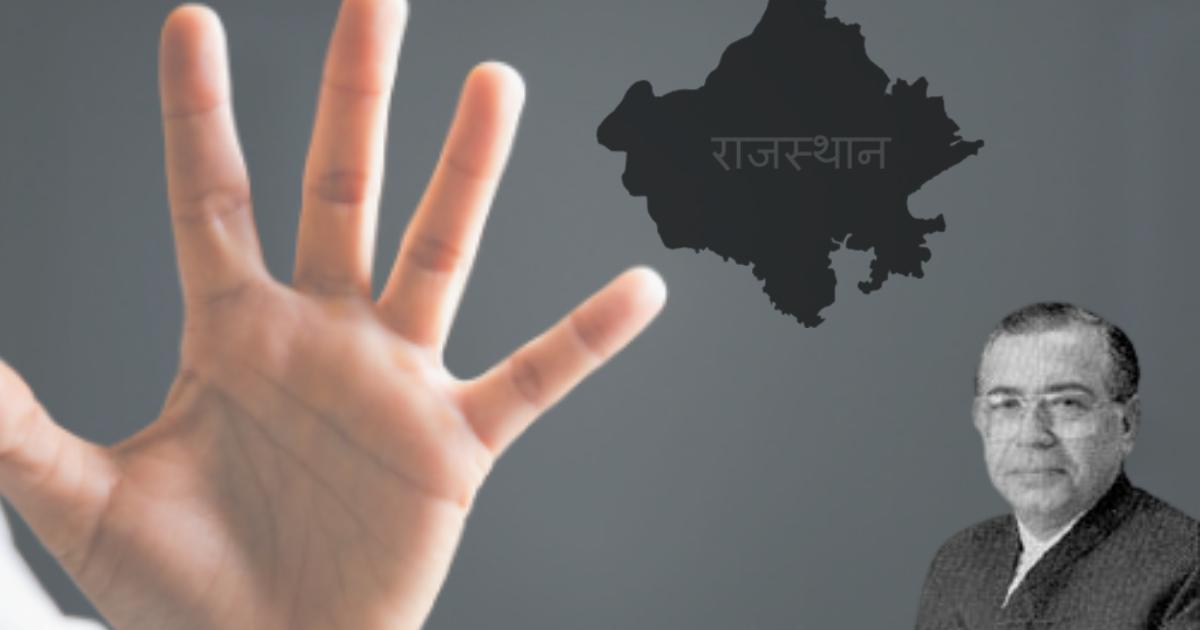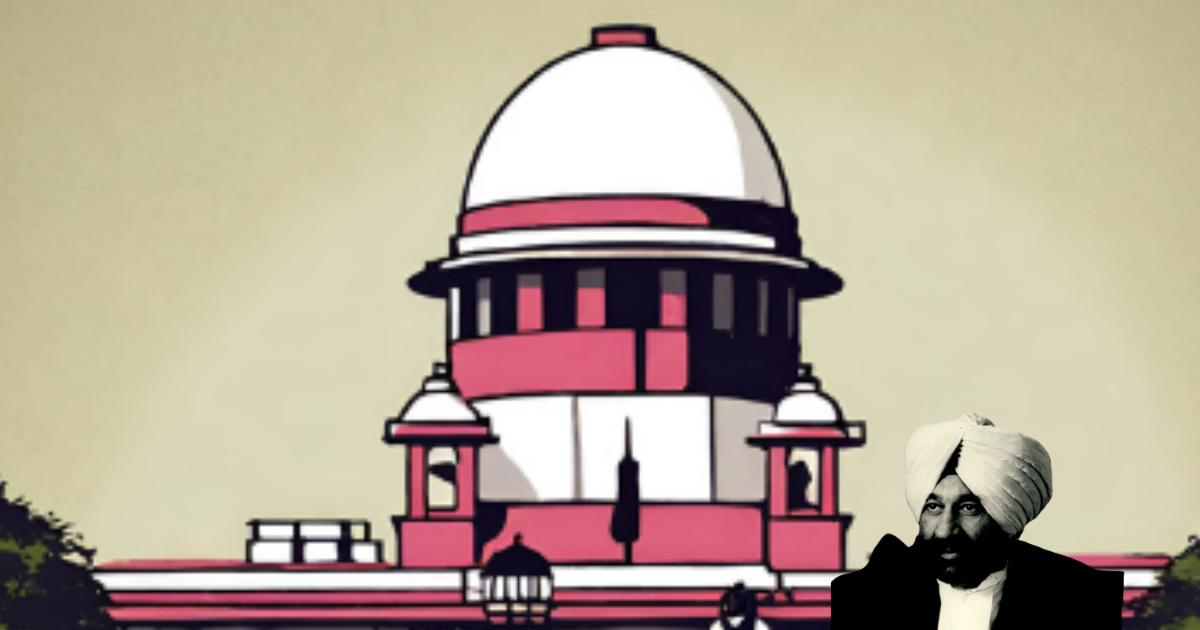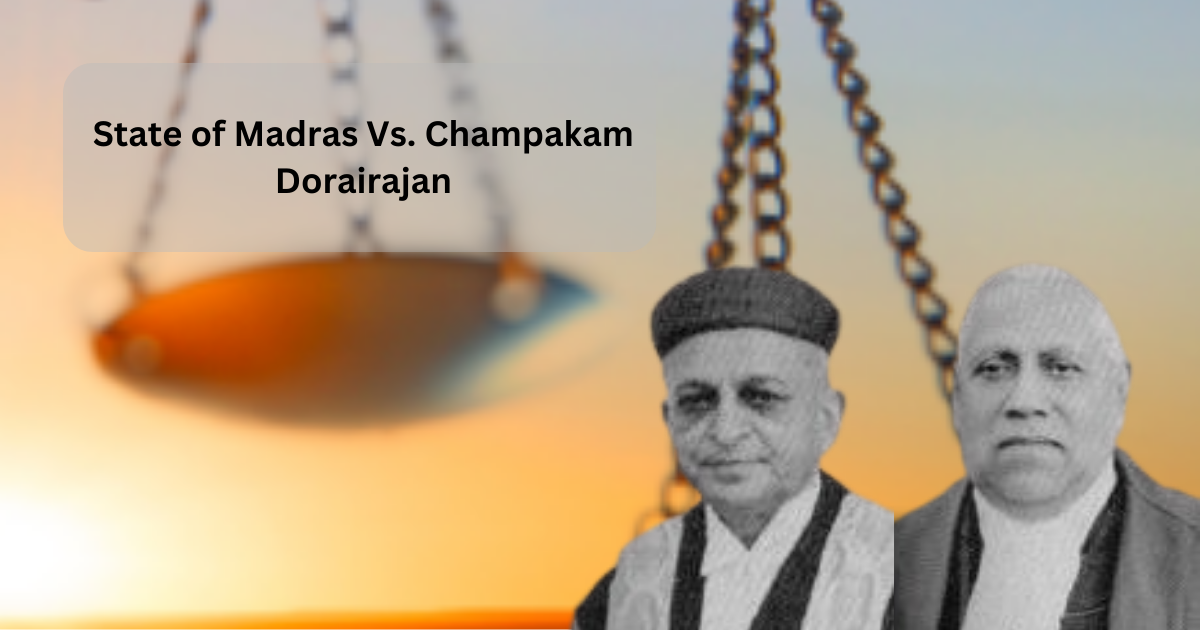The case of Vishakha Vs. State of Rajasthan (1997) emerges as a transformative legal saga, paving the way for the recognition and prevention of sexual harassment at the workplace. The protagonist, Vishakha, along with a collective of activists, embarks on a legal odyssey that leads to the formulation of guidelines by the Supreme Court, establishing a framework for addressing sexual harassment at workplaces.
The narrative unfolds with Vishakha, a social worker, encountering the pervasive issue of sexual harassment faced by women in the workplace. Disturbed by the lack of legal recourse, Vishakha and several NGOs decide to petition the Supreme Court, seeking judicial intervention to address the pressing issue that jeopardized the dignity and rights of women at their workplaces.
Vishakha and her legal team present a compelling argument before the Supreme Court, contending that the absence of legislative provisions addressing sexual harassment violated the constitutional guarantees of equality and the right to life and personal liberty under Articles 14 and 21. The crux of the matter lies in the assertion that sexual harassment is a violation of the fundamental rights of working women and that there exists a constitutional duty to prevent and redress such grievances.
The legal analysis in Vishakha’s case takes the Supreme Court on a journey through the constitutional guarantees of gender equality and non-discrimination. The Court, led by Chief Justice J.S. Verma and a bench of distinguished justices, grapples with the imperative of recognizing and addressing sexual harassment as a violation of fundamental rights. The judgment draws inspiration from precedents such as Vrinda Grover v. Govt. of NCT of Delhi (2007), laying the foundation for a more robust jurisprudence on women’s rights.
In a landmark judgment, the Supreme Court not only acknowledges the pervasive nature of sexual harassment at workplaces but also declares that it amounts to a violation of the fundamental rights of working women. The Court, through the visionary judgment authored by Chief Justice Verma, invokes international conventions and human rights principles, emphasizing the need for a safe and conducive work environment.
The aftermath of Vishakha’s case reverberates through the socio-legal landscape. The Supreme Court, recognizing the legislative void, takes on the role of a proactive guardian, laying down guidelines to be followed until appropriate legislation is enacted. The Vishakha Guidelines become a lodestar for employers, setting out preventive and remedial measures to address and curtail sexual harassment at workplaces.
The judgment acts as a catalyst for legislative change, prompting the enactment of the Sexual Harassment of Women at Workplace (Prevention, Prohibition and Redressal) Act in 2013. The legal framework, inspired by the Vishakha Guidelines, provides a more comprehensive and structured approach to combating sexual harassment in professional spheres.
Accordingly, we direct that the above guidelines and norms would be strictly observed in all work places for the preservation and enforcement of the right to gender equality of the working women. These directions would be binding and enforceable in law until suitable legislation is enacted to occupy the field. These Writ Petitions are disposed of, accordingly.
Citation: IR 1997 SUPREME COURT 3011, 1997 AIR SCW 3043, 1997 LAB. I. C. 2890, 1997 CRILR(SC MAH GUJ) 749, 1997 LAB LR 991, (1997) 3 ALLCRILR 283, (1997) 2 CHANDCRIC 112, (1997) 24 CRILT 455, (1997) 7 JT 384 (SC), 1997 SCC(CRI) 932, (2013) 3 KANT LJ 546, 1998 (1) BLJR 228, 1998 BLJR 1 228, 1997 CRILR(SC&MP) 749, 1997 (5) SCALE 453, 1997 (6) SCC 241, (1997) 3 RECCRIR 187, 1997 CHANDLR(CIV&CRI) 25, (1997) 77 FACLR 297, (1997) 3 SCJ 584, (1997) 3 CURCRIR 126, (1997) 2 CORLA 321, (1997) 5 SCALE 453, (1997) 5 ANDH LT 14, (1997) 3 CRIMES 188, (1997) 2 MADLW(CRI) 604, (1997) 13 OCR 305, (1997) 2 EASTCRIC 574, (1997) 3 ALLCRILR 819, (1997) 3 RAJ LW 373, (1997) 7 SUPREME 323, (1997) WRITLR 823, (1998) 2 LAB LN 965
Case Title: VISHAKA & ORS. Vs. STATE OF RAJASTHAN & ORS.



